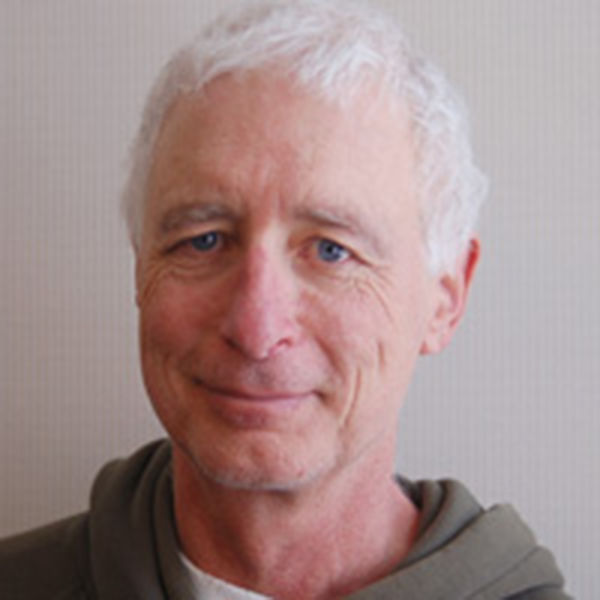Franklin Roosevelt said, and Hillary Clinton recently repeated, "The only thing we have to fear is fear itself." I don't think so. Fear itself is not particularly frightening, and even if it were, fearing it would not help. Regardless, what we have to fear matters less than what we do with fear. Do we acknowledge or deny it? Does it teach us or rule us?
Among many other things, I fear the glib adages of politicians, adages that seem sensible, comforting, even inspirational but, on reflection, prove to be empty, deceptive, even dangerous, making the speaker seem wise and trustworthy when his words should give the opposite impression. The most dangerous BS is BS that seems like common sense.
In 2004, Barack Obama famously said, "There is no red or blue America; there is only the United States of America." Thunderously well received at the time and endlessly repeated thereafter, this statement was deceptive, bordering on delusional. It was destructive, too. We were deeply divided then; we are even more deeply divided now; and the notion that we weren't helped to perpetuate the problem by piling denial on top of it.
However this election turns out, we will remain deeply divided. We will have to struggle to achieve a sufficient consensus to allow us to progress. It won't be pretty. We can take a modest step forward by subjecting political rhetoric to the strict scrutiny it deserves. Fewer illusions during an election campaign will make for fewer disappointments afterward, when a new President and Congress will actually have to govern and when campaign rhetoric will no longer obscure the difficulty of that task. If we fear anything, let it be the assumption that a working democracy is easy to achieve.
With a perspective, I'm Jeremy Friedlander.
